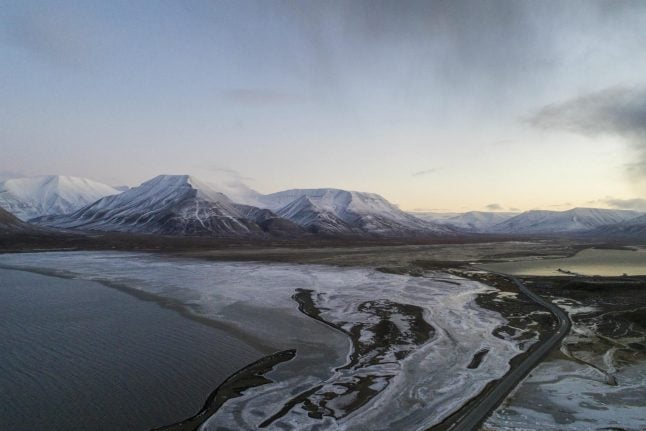The eight Russians, five crew members and three scientists, are all presumed dead.
“One person was brought to the surface this morning. The body was lying on the ocean floor around 130 metres (430 feet) from the helicopter wreck,” Terje Carlsen, a spokesman for the Svalbard authorities, told AFP.
The search for the seven other victims was continuing on land and at sea, he said.
The helicopter, a Mil Mi-8, went down on Thursday afternoon two or three kilometres from Barentsburg, a Russian mining community in the archipelago.
Norwegian authorities, who dispatched a large search and rescue mission to the scene, announced Sunday that they had found the helicopter on the ocean floor.
Norway, a NATO member, was afforded sovereignty of Svalbard, located around 1,000 kilometres from the North Pole, under a treaty signed in Paris in 1920.
Nationals of all signatory states enjoy “equal liberty of access and entry” to Svalbard and its waters.
As a result Russia operates a coal mine in Barentsburg, home to several hundred Russian and Ukrainian miners, giving Moscow a presence in the geopolitically strategic region.
READ ALSO: Russian helicopter missing in Arctic found on seabed, eight presumed dead: rescuers



 Please whitelist us to continue reading.
Please whitelist us to continue reading.